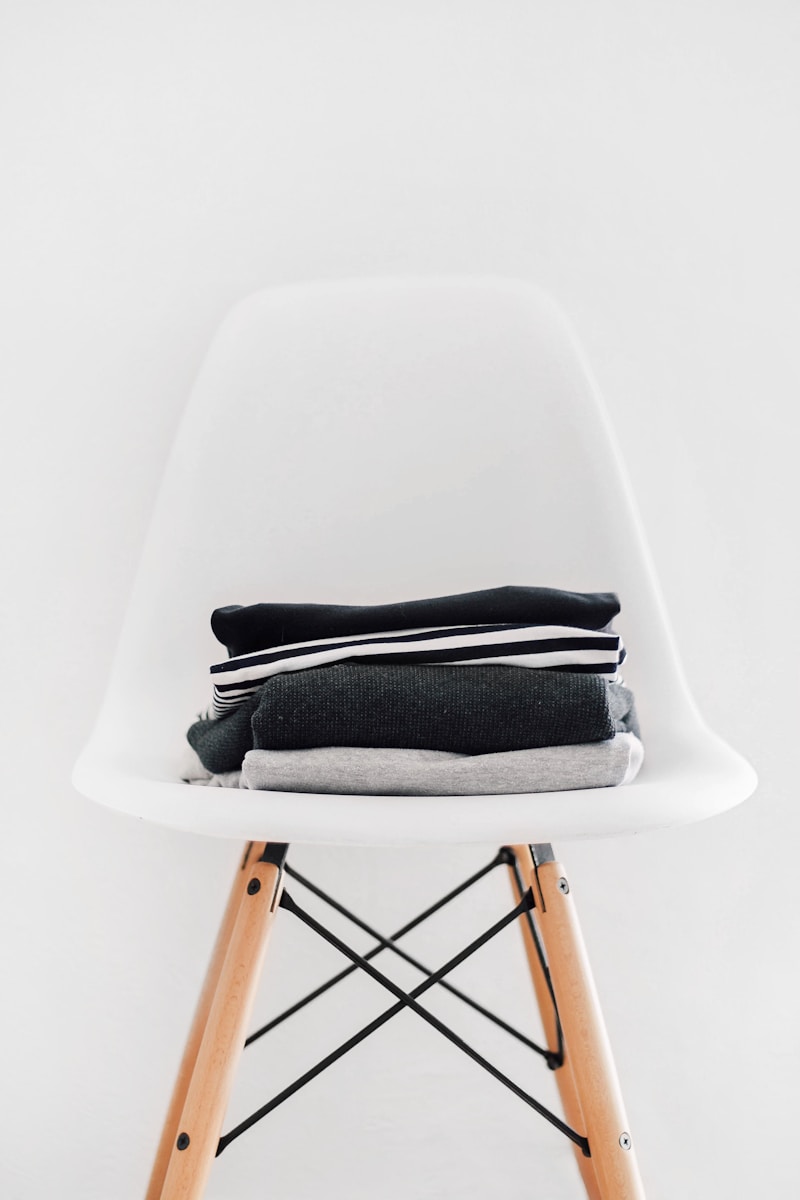Embrace Style with Eco-Friendly Fashion Choices
Understanding Eco-Friendly Fashion Choices
As the world becomes increasingly conscious of environmental issues, the rise of eco-friendly fashion choices is transforming the way we shop, dress, and perceive style. This comprehensive guide will help you navigate through various aspects of eco-friendly fashion, from materials and brands to ethical considerations and practical tips.
What Is Eco-Friendly Fashion?
Eco-friendly fashion, also known as sustainable or ethical fashion, refers to clothing and accessories created with consideration for the environment. This involves using environmentally friendly materials, ethical production methods, and practices that minimize waste. Consumers today are more inclined to support brands that prioritize the earth's health, making eco-friendly fashion choices not only a personal commitment but also a social responsibility.
The Importance of Making Eco-Friendly Fashion Choices
Making eco-friendly fashion choices holds significant importance for both the planet and humanity. Here are some key reasons:
- Environmental Conservation: Traditional fashion often involves harmful practices such as excessive water usage, pollution, and deforestation. By choosing eco-friendly options, we reduce our ecological footprint.
- Ethical Production: Sustainable brands often ensure fair labor practices, ensuring workers are treated fairly and paid adequately.
- Health Benefits: Organic fabrics are generally free from toxic dyes and chemicals, contributing to a healthier lifestyle.
Common Eco-Friendly Materials
The foundation of eco-friendly fashion lies in the materials used. Here are some popular options:
| Material | Description |
| Bamboo | Fast-growing and requires little water, making it a sustainable choice. |
| Organic Cotton | Produced without harmful chemicals, preserving soil health and reducing water consumption. |
| Hemp | Strong and durable; grows quickly with minimal resources, promoting sustainable agriculture. |
| Tencel | Made from sustainably sourced wood pulp, it's biodegradable and produced in a closed-loop process. |
| Recycled Materials | Utilizes waste products to create new fabrics, reducing landfill contributions and resource consumption. |
Top Eco-Friendly Fashion Brands to Consider
Several brands distinguish themselves in the realm of sustainable fashion. Here are a few noteworthy names:
- Patagonia: Known for its commitment to environmental responsibility, offering recycling programs and organic options.
- Eileen Fisher: Focused on sustainable and ethical practices with a philosophy of simplicity and timeless design.
- Reformation: Combines trendy styles with sustainable practices, offering a wide range of eco-friendly options.
- Everlane: Transparency in pricing and sourcing processes, focusing on ethical production.

How to Integrate Eco-Friendly Fashion into Your Wardrobe
Adopting an eco-friendly fashion lifestyle doesn’t mean compromising on style. Here are some practical tips to integrate these choices into your wardrobe:
1. Declutter Your Closet
Start by assessing your current wardrobe. Donate or sell items you no longer wear. This not only creates space but also minimizes waste.
2. Invest in Quality
Instead of fast fashion, prioritize quality over quantity. Opt for timeless pieces that will last longer and reduce the need for frequent purchases.
3. Choose Versatile Pieces
Select items that can be mixed and matched, allowing for various outfits without needing to constantly buy new clothes.
4. Support Local Thrift Stores
Shopping second-hand or at thrift stores helps find unique items while supporting local economies and reducing waste.
5. Participate in Clothing Swaps
Organize or join community clothing swaps. This allows you to refresh your wardrobe without spending money or contributing to waste.
Challenges and Solutions in Eco-Friendly Fashion
While eco-friendly fashion offers numerous benefits, it is not without challenges. Here are common issues and their solutions:
- Higher Costs: Sustainable brands may be pricier due to ethical sourcing and production. However, consider this a long-term investment in durability and sustainability. You can also look out for sales, discounts, and thrifted options.
- Limited Availability: Not all areas have access to eco-friendly stores. Online shopping provides a broader selection and accessibility to sustainable brands.
- Misleading Claims: Some brands may market themselves as sustainable without real practices. Research brands before purchasing to ensure they uphold ethical standards.
The Future of Eco-Friendly Fashion
The future of fashion lies in sustainability. As consumers become more aware and demand for eco-friendly choices increases, brands will evolve and adapt to these expectations. Innovations in technology will also lead to new sustainable materials and practices. The collective effort of conscious consumers and responsible brands is the key to creating a more sustainable fashion industry.
Conclusion and Recommendations
In conclusion, eco-friendly fashion choices are a critical step towards a more sustainable future. By being mindful of the materials we choose, the brands we support, and our shopping habits, we can significantly reduce our environmental impact. Remember to approach fashion with intention, focusing on quality and sustainability. Embrace the unique styles that truly resonate with your values and contribute positively to the world.
As you embark on your eco-friendly fashion journey, consider these recommendations:
- Always research brands for their sustainability practices.
- Embrace a minimalist approach by cultivating a capsule wardrobe.
- Educate others about the importance of sustainable fashion.
- Keep an eye on new technologies in sustainable fabrics.
By making informed choices and promoting eco-friendly fashion, we can trend towards a greener, more sustainable planet.